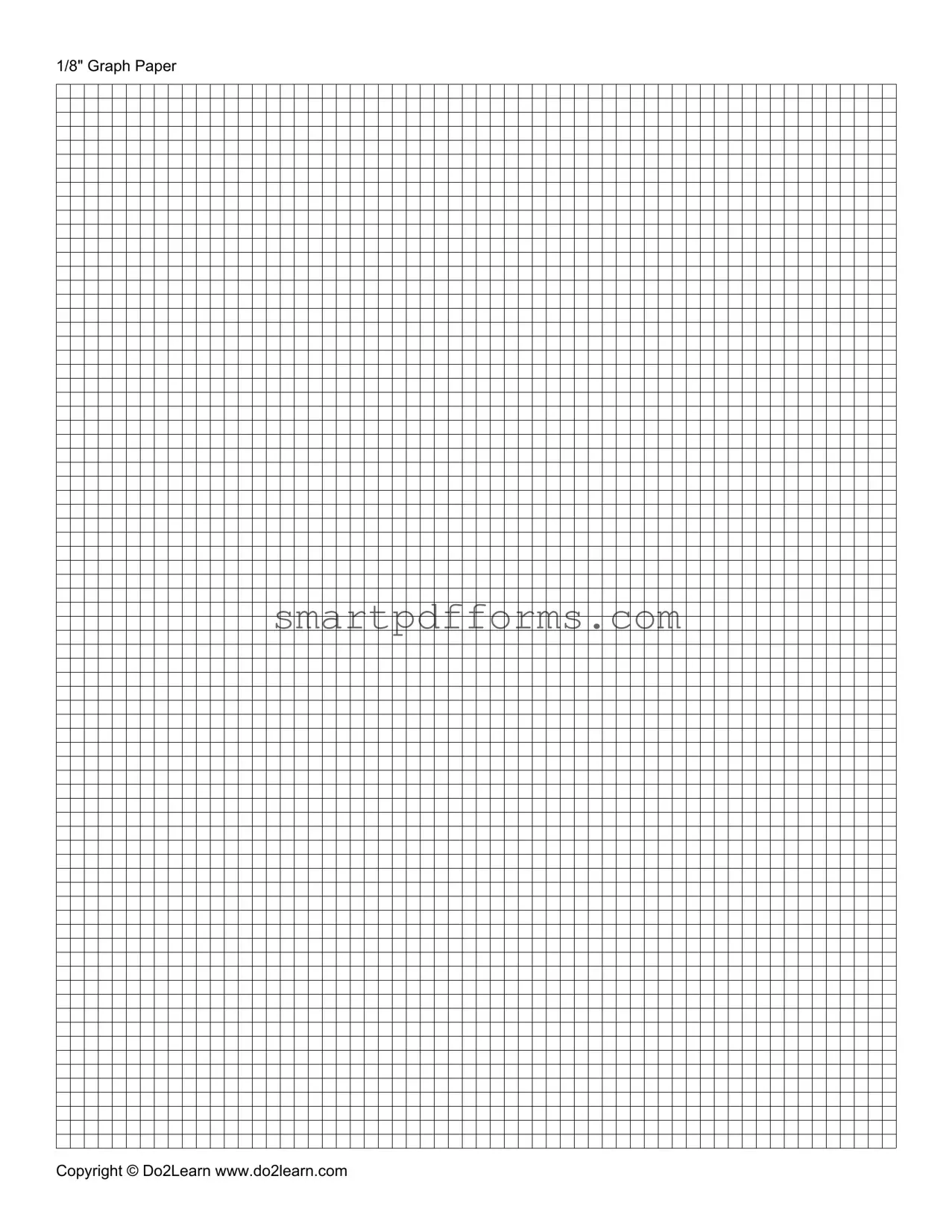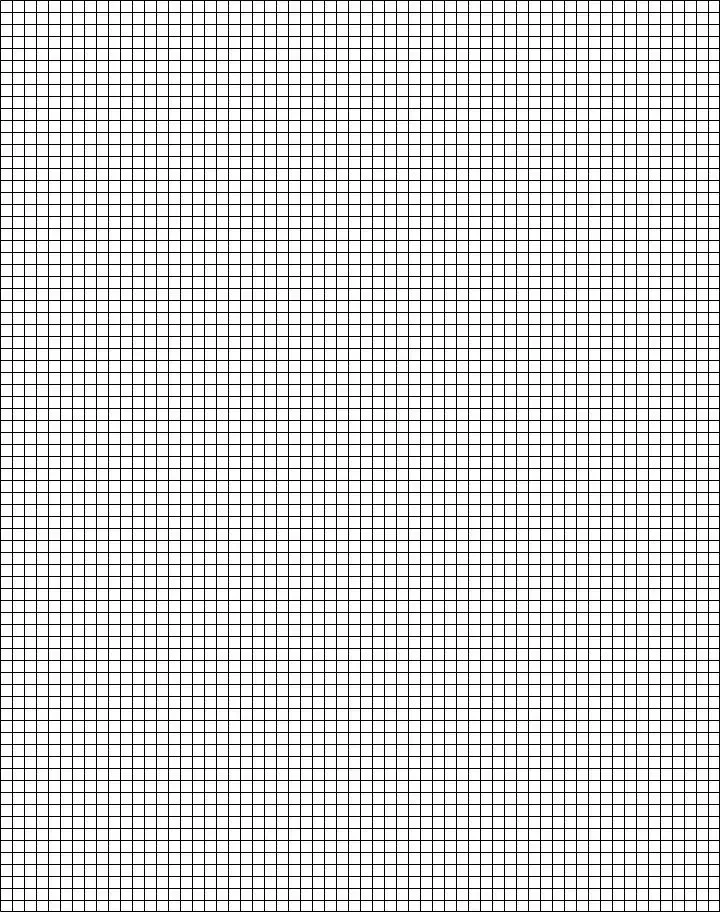Blank Graph Paper PDF Template
Graph paper, characterized by its grid of fine lines, serves as an indispensable tool for plotting graphs, drawing diagrams, and executing precise mathematical functions. Its structured layout provides a framework for accuracy and clarity across various disciplines, including mathematics, engineering, and architecture. For those looking to utilize this essential resource, a digital Graph Paper form is readily available for immediate use; simply click the button below to get started.
Make This Document Now

